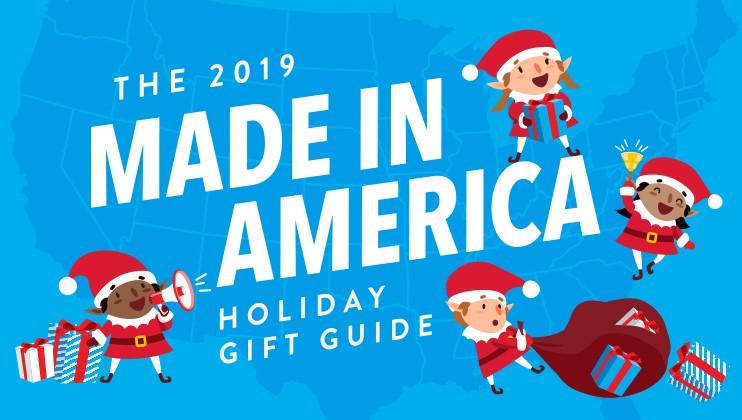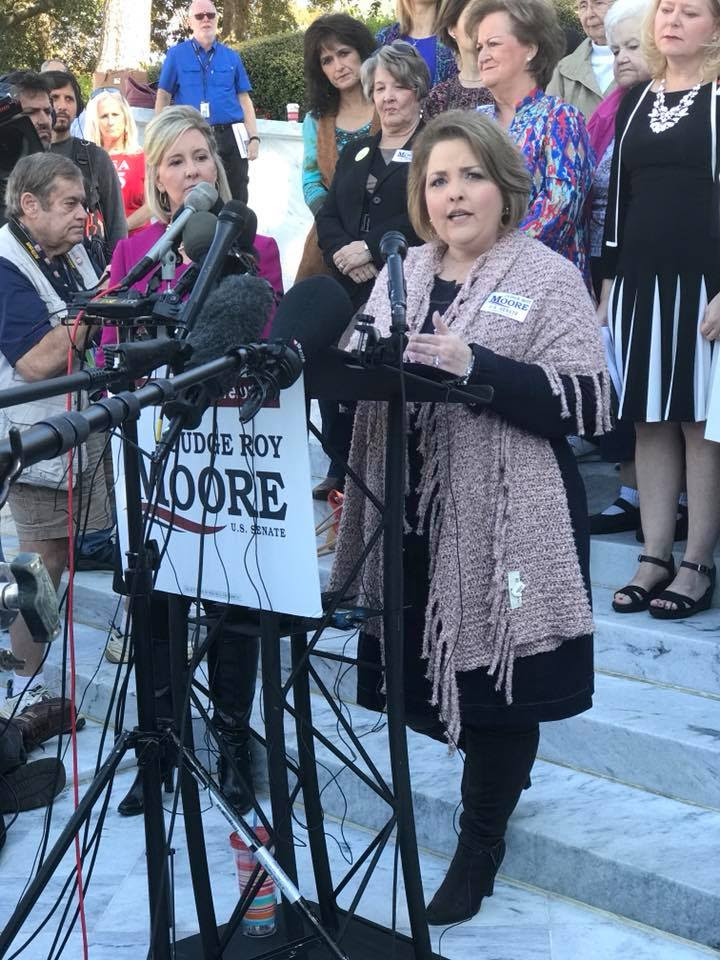When I started this process back in June, the field of Republican presidential hopefuls was still expanding. Now that October is almost here, the roster is shrinking as Rick Perry and Scott Walker have already left and, aside from Carly Fiorina who was promoted to the main event, the half-dozen or so who didn’t make the initial Fox News debate almost two months ago now are on the endangered list. (Perry was one of the also-rans then; based on the most recent polling data Scott Walker was bound to slide out of the top ten or eleven before the next debate.)
But I’m ignoring the polling data in order to wrap up my personal process. My polling data will have 100% support for whoever comes out on top, and the five remaining points I award for intangibles finishes the 100-point scale, which began with education, the Second Amendment, and energy, then continued with social issues, trade and job creation, and taxation before concluding with immigration, foreign policy, entitlements, and the role of government.
I have decided that those candidates who have served as governors will get one point for that, so the first point accrues to Jeb Bush, Chris Christie, Jim Gilmore, Mike Huckabee, Bobby Jindal, and George Pataki. After eight years where we lacked executive political experience in the White House, I think we need it back.
Up to two more points will be awarded (or deducted) for the candidate’s website. Admittedly this is a little picayune; however, the presentation and willingness to be concise and persuasive on issues reflects to me on how they will act accordingly as President.
So there are two candidates who get both points: Rand Paul and Marco Rubio. Both are well-organized and have an abundance of information about where they stand.
Just behind them with very good, one-point websites are Jeb Bush, Chris Christie, Carly Fiorina (whose Answers segment is rather unique), Lindsey Graham, Bobby Jindal, and John Kasich.
On the other hand, I was disappointed with other websites for lack of clarity, poor layout, or a general lack of attention to detail. Ted Cruz falls into that category of one-point deductions, as does George Pataki and Donald Trump.
Rick Santorum loses two points, simply because he has promised an economic plan “in a few short weeks” since June. It’s almost like he’s going through the motions of having a website.
Finally, there are other issues people bring up which may not fit into one of my categories.
Jeb Bush has an interesting take on cyber security, which will add a point to his score.
Total score for Bush – 3.0 of 5 points.
Ben Carson gets kudos for this piece as only he can, being the one black Republican in the race.
Total score for Carson – 1.0 of 5 points.
Chris Christie fills up his tree by discussing criminal justice reform and having the belief that veterans should be able to use any available medical facility, not just VA hospitals and clinics.
Total score for Christie – 4.0 of 5 points.
Although I could have added this to the role of government, Ted Cruz‘s actions in defending the Constutution are worth mentioning..
Total score for Cruz – 1.0 of 5 points.
Carly Fiorina answers at least 80 valid questions on her site, and I agree with her on many not brought up previously.
Total score for Fiorina – 3.0 of 5 points.
I checked to see if I alluded to Jim Gimore‘s stance on climate change when I discussed energy and I had not. He’s a skeptic of anthropogenic climate change, which is a point in my book. Otherwise, I’ve covered his issues.
Total score for Gilmore – 2.0 of 5 points.
I didn’t gain anything from Lindsey Graham insofar as issues went, so he just gets the one point for the site.
Total score for Graham – 1.0 of 5 points.
One thing I like about Mike Huckabee‘s site is the record as governor. Certainly it glosses over some items but it’s a helpful reminder he wasn’t just a face on TV.
Total score for Huckabee – 3.0 of 5 points.
Something Bobby Jindal addresses on his site, which I haven’t seen much of otherwise, is radical Islam. It’s worth a point.
Total score for Jindal – 3.0 of 5 points.
I think John Kasich has beefed up his website over the course of this process, turning a negative into a positive.
Total score for Kasich – 2.0 of 5 points.
George Pataki has a poor website that lacks an issue page.
Total score for Pataki – 0.0 of 5 points.
I love the diversity of Rand Paul and his issues, which includes civil liberties and auditing the Fed.
Total score for Paul – 4.0 of 5 points.
Splashed on the front of the Marco Rubio website was a proposal for paid leave, which is a problem. But he is taking the fight to Hillary, which is a plus. It’s one of a plethora of items he’s placed on his site.
Total score for Rubio – 4.0 of 5 points.
Rick Santorum doesn’t tread any new ground with his issues, so he stands where he was.
Total score for Santorum – (-2.0) of 5 points.
Donald Trump has a slightly better website, but still not up to snuff.
Total score for Trump – (-1.0) of 5 points.
It’s time to determine who should be our next President – the one who will have a raging mess to clean up.
From the bottom up we go:
- George Pataki – 20.3 points
- Donald Trump – 29 points
- Chris Christie – 39.1 points
- John Kasich – 40.5 points
- Jeb Bush – 41.1 points
- Carly Fiorina – 42.6 points
- Rick Santorum – 44.5 points
- Jim Gilmore – 45.5 points
- Ben Carson – 46.2 points
- Marco Rubio – 49.6 points
- Mike Huckabee – 52.5 points
- Lindsey Graham – 52.8 points
I’m going to stop right there because my top three were head and shoulders above the rest of the field – a nearly 20-point spread. So I’m going to recommend two and endorse the winner.
Ted Cruz finished with 71.1 points. There was a point where he was leading but he slipped in a couple categories.
But where I could see him as an excellent President is his willingness to fight for principle. He hasn’t had a lot of success up to now because he’s saddled with a body of 99 others who mainly seem unable or unwilling to follow his lead as he tries to restore the pre-eminence of the Constitution.
Rand Paul was second-best with 74.4 points. The overall breadth of his platform is excellent, and while I may not be on board with his foreign policy I think he has learned from the extreme positions of his father. Both Cruz and Paul are champions of limited government, and a nation with a President Paul would rally back to its proper place in the world.
Unfortunately, neither of those two have significant executive experience while the man who has won the monoblogue endorsement does. Governor Bobby Jindal combines that leadership quality with some of those most well-thought out policy positions in the field. He scored 79.3 points, which meant he pretty much won this before the intangibles.
Now I’m aware of the report which was based on “experts” predicting Jindal would be next out. That would be a complete shame because out of all the candidates I can see Jindal being a modern-day Calvin Coolidge – reducing the budget in real terms (as he did in Louisiana), getting government out of the way, and bringing true prosperity back to the nation by allowing us to be an energy superpower.
It’s my job to begin reversing those polls and putting a thumb in the eye of those “experts.” Bobby Jindal wins my endorsement for President of the United States.



